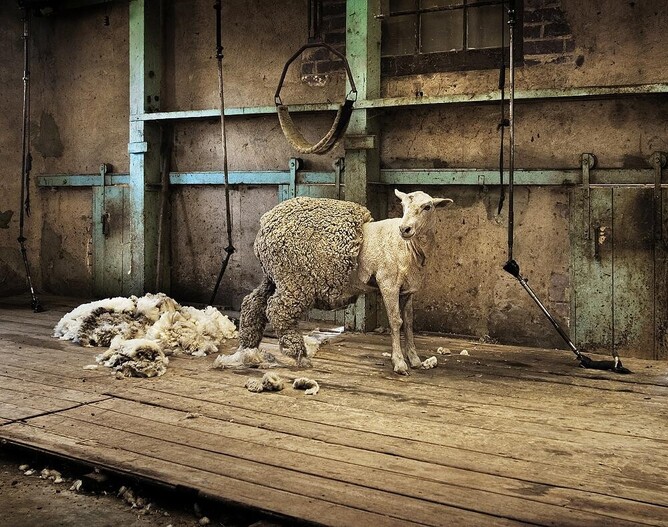Early data from a full-scale trial in Masterton provides some promising results.
The reality of increased shearing costs and a continued poor return for crossbred wool has led to more interest in self-shedding breeds such as the Wiltshires and Aussie Whites.
The introduction of self-shedding stock decreases the labour requirements around shearing, crutching, dagging and the associated yarding. But, do the benefits of transitioning your flock outweigh the costs?
With little data on transitioning flocks and the resultant production outcome, Professor Steve Morris from Massey University determined, through bio-economic modelling, that it takes 12-15 years of cross-breeding to achieve a fully shedding fourth cross flock (15/16 Wiltshire and 1/16 Romney).
To get some real data, a full-scale trial was set up at Riverside Farm, just out of Masterton, in 2020. To date, they have come to the following conclusions:
At weaning time, the ½ Wiltshire/½ Romney ewes were significantly heavier than their Romney counterparts.
Lamb survival was 87.7% in the ¾ Wiltshires/¼ Romneys, compared to 74.3% in Romneys.
No overall difference in birth, tailing or weaning weight between the ¾ Wiltshire/¼ Romney lambs and the Romney lambs.
Post weaning (26th January), 90% of the ¾ Wiltshire/¼ Romney lambs showed some fleece shedding.
Shedding scores appear to increase as the animal becomes older. This can make it difficult to predict at weaning which may make lamb selection challenging.
The ¾ Wiltshire/ ¼ Romney ewe lambs were shorn at 6 months old and produced 0.7kg of wool, whereas the comparable Romney ewe lambs produced 1.3kg of wool.
While we still have a few years to wait to see how the 15/16 Wiltshire and 1/16 Romneys will perform, the initial data is very interesting, and no doubt promising to many considering the change.
- Holly Hender

